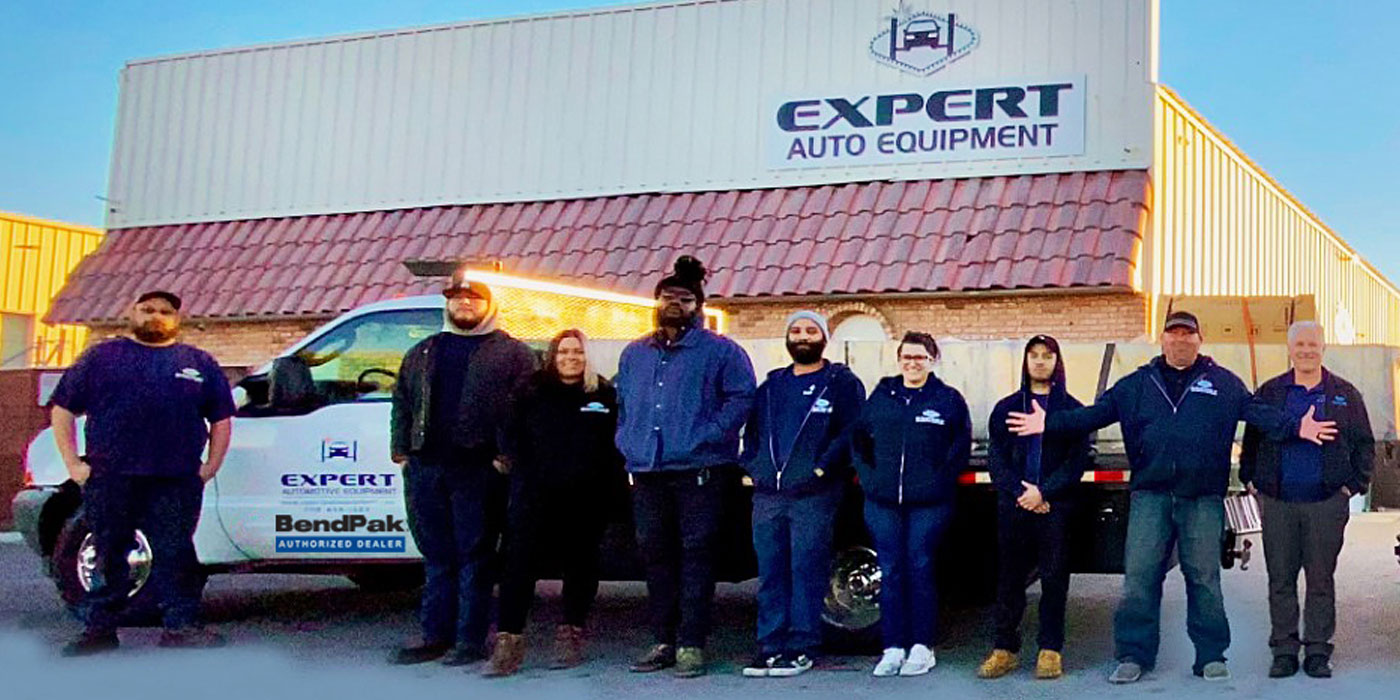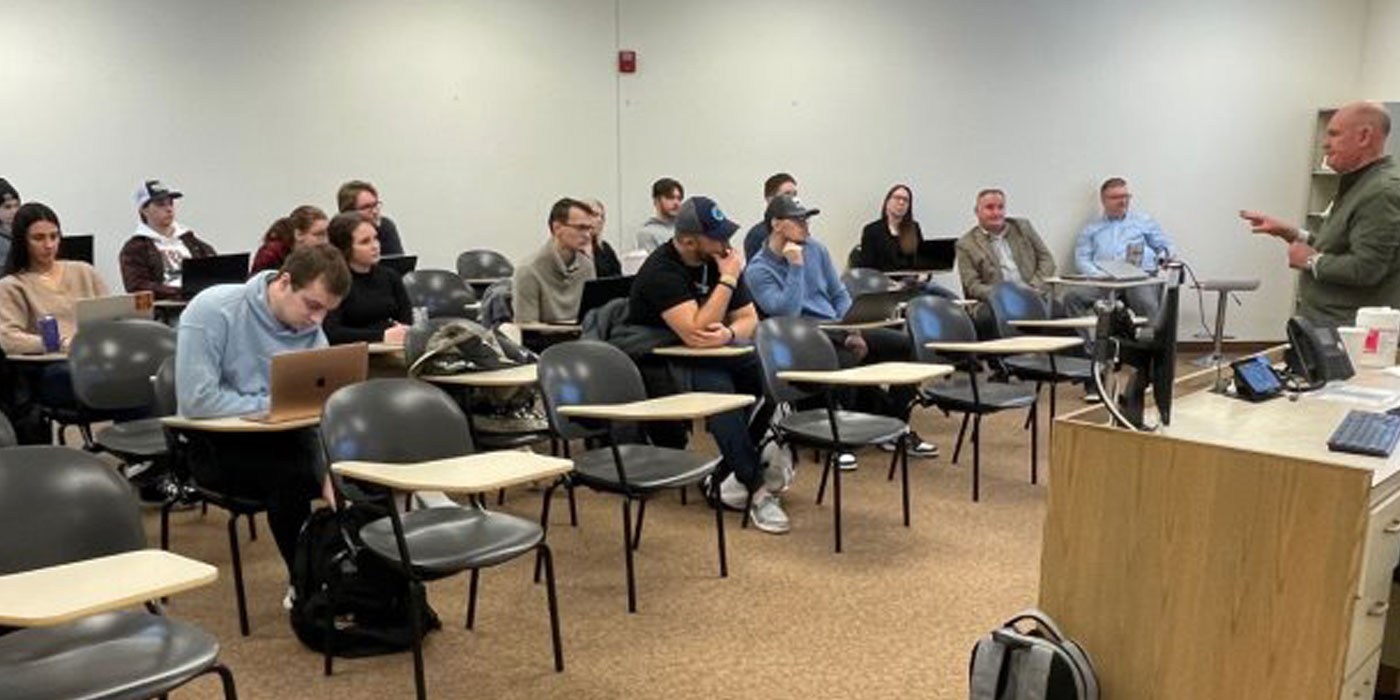One of the first lessons learned in a marketing class years ago can be summed up with the axiom, “Nature abhors a vacuum and once one is created, some capitalist will endeavor to fill it.” And so it is in the aftermarket.
When WDs, jobbers and suppliers created full lines with all the inherent costs (see Part I in the August issue), they created an opportunity for companies that chose to manufacture or distribute only the fastest-moving SKUs. On the manufacturing front, firms began to reappear that only produced the high-volume numbers (those SKUs whose volume was high enough to support the tooling and operations costs). Thus, the “short-liner” was born (or should I say “reborn?”).
The full-line manufacturers justified their higher pricing with claims of superior quality. The primary reason, however, was not always product quality. It was often the cost of handing slow-moving parts and the required tooling and inventory investment required to carry them.
On the distribution front, some distributors began to stock and sell only the fastest-moving products. Exhaust distributors or chemical distributors are two examples.
THE AUTO PARTS RETAIL CHAIN ARRIVES
Full-line coverage met the needs of both the installer and traditional distributor. For the installer, a one-call source for parts was an efficient way to source. For distributors, dealing with a full-line supplier was an efficient way to do business as well.
A certain segment of the market, namely the DIYer, didn’t need full-line coverage; they just wanted the fast movers. This created an opportunity for a focused short-line distributor — the automotive retailer. For these retailers, the 20/80 rule applied: carrying only 20 percent of the available parts would bring in 80 percent of the potential sales volume. Stocking only the fastest-moving parts made retailers and the short-liner manufacturers perfect for each other, giving the short-liner a distribution outlet that would not demand more tooling and inventory investment, while at the same time giving the retailer a supplier with a low manufacturing and investment cost basis.
PRODUCT BRANDING
One of the most intriguing aspects of the aftermarket has always been the intense strength of great brands. And so by the mid-to-late 1980s, ever-expanding retailers realized that strong brands would help grow comp store sales. They went shopping for lines with strong brand recognition. The big, full-line firms, which were typically older and more established with huge advertising budgets and sales forces, had the brand strength in most categories. But due partially to their full-line coverage burdens, their prices could not compete with what the retailer paid to the short-liners. Retailers were quick to point out that since they only wanted the fast-moving SKUs, they would be an efficient (and profitable) customer for the manufacturers. In other words, they wanted a price reduction. And so, full-line manufacturers adjusted their short-line pricing on fast-moving SKUs to reflect the lower cost of handling and production. It was a move by the manufacturers to compete directly with the short-liners on fast-moving SKUs.
Seeing the prices that retailers were getting, traditional WDs wanted the same deals — even though they were still buying full-lines that often resulted in lower gross margins for the manufacturers. This need for pricing parity contributed to the proliferation of the WD buying groups, which later matured into the program distribution groups of today.
Oddly enough, it appears as though some manufacturers survived (with minimal profitability) partially because they did enough business with the big retailers on the profitable fast-moving SKUs to support the overhead of offering a full-line to the traditional WD and jobber. It’s ironic that while a counterman at a jobbing store might be upset about the often aggressively low-pricing on the top-moving SKUs at a local retail store, it may have been that retail store’s purchasing volume that provided enough financial strength to support the cost of the manufacturer’s full-line that the jobber needed.
As I learned long ago in an Environmental Science course, the diversity of an eco system creates the resiliency and strength to survive. Perhaps that’s what evolution is all about. The aftermarket had evolved into a system in which WDs, jobbers, retailers, specialty warehouses and other niche fillers could survive. A good counter person could find a great position at any one of those businesses.
WALL STREET KNOWS BEST?
Then Wall Street stepped in, and convinced investors in the big publicly traded retail chains that the real future was in the professional installer business.
While that may be true, what the Wall Street pros did not “get” was that to pursue that market, the retailers had to change their product mix to include all those medium- and slow-moving SKUs. Retailers that had traditionally carried those short-line, high-inventory turn products were suddenly building huge distribution centers and adding thousands of slow-turning SKUs. This costs money and was at odds with Wall Street expectations.
As the retailers built these newly expanded product offerings at the retail store level, their costs went up. The same thing happened to the manufacturers that had previously set retailer pricing levels based on high-volume, fast-moving products. Many manufacturers did not embrace the retailers’ expansion into the medium- to slow-moving part numbers, feeling it was an unprofitable long-term move. But the manufacturers’ sales and financial departments relented.
E-CAT STANDARDS CHANGE THE GAME
Starting in the mid-90s, an effort began to standardize electronic catalog information, driven by industry association committees. E-cat systems on jobber and retailer counters became smarter, faster and more accurate, empowering astute buyers and marketers throughout the aftermarket to finely tailor e-cats search protocols. A counter professional didn’t need to know which “brand” a particular part was in any longer; he simply looked in the e-cat under the vehicle make/model/year to find the part. The e-cat then listed a pre-determined brand on an application-by-application basis. At the same time, procurement technology was advancing to a point that stores, WDs and retail chains were no longer tied to selecting one brand or a single manufacturer as the source for an entire parts category. E-cat technology advancements, which were a result of AAIA technology standards, and procurement technologies, meant that WDs and jobbers no longer needed full-line coverage from a single manufacturer — they could source from a multitude of manufacturers, and then sell them at the counter effectively. Additionally, the growing vehicle population and expanding SKU proliferation created “holes” in the full-lines, forcing distributors to source from short-liners to fill in the coverage gaps. These short-liners were often the OE supplier.
Today, if a distributor wants to source some slow-movers from Company A and others from Company B, or some fast-movers from Company C and others from Company D, it’s no big deal. As long as those numbers are listed under the correct application in the e-cat, the counter professionals will be able to sell it. Likewise, if full-line Manufacturer X decides not to manufacturer or offer some SKUs, it’s no big deal since the WD or retailer can source these parts from someone else and they can get listed in the correct e-catalog application.
NEW PRODUCT-LINE OPTIONS IN TODAY’S AFTERMARKET
Considering the current status of aftermarket e-cataloging, full- and short-line manufacturing and changes in retail inventories to meet professional installer demands, the industry has several difficult questions facing it:
• Should a manufacturer make more SKUs or less?
• Should the product lines offered by manufacturers become smaller as low- or no-profit SKUs are trimmed?
• Should the full-line manufacturer source more from offshore, low-cost countries to improve margin?
• Could full-line manufacturers create agreements as to whom will make which SKU, supplying all the others to achieve higher volume productivity on slow movers?
• Should a WD or retailer source more from offshore, low-cost countries?
• If WDs or retailers source from short liners or offshore, how will the ‘full line’ supplier support the overhead cost of supplying the full-line?
• Should WDs and jobbers eliminate some SKUs, which would send the installer back to the dealer?
NEXT MONTH: CHOICE, COMPLIANCE AND CHINA
Now that we’ve discussed how the aftermarket arrived at its current product-line offering, manufacturing and purchasing state, next month we will take a hard look these questions and how they impact aftermarket issues such as program group compliance.










